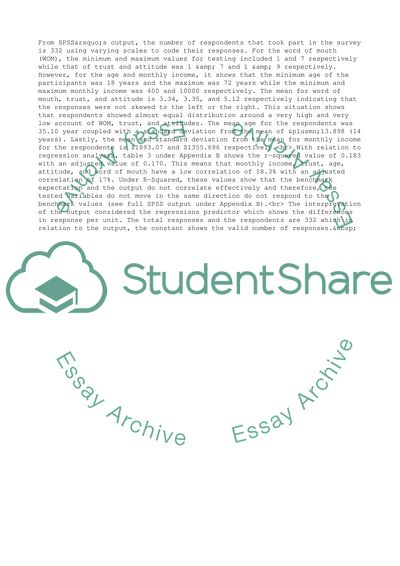Cite this document
(“Business Analytics Coursework Example | Topics and Well Written Essays - 1500 words”, n.d.)
Business Analytics Coursework Example | Topics and Well Written Essays - 1500 words. Retrieved from https://studentshare.org/business/1695708-business-analytics
Business Analytics Coursework Example | Topics and Well Written Essays - 1500 words. Retrieved from https://studentshare.org/business/1695708-business-analytics
(Business Analytics Coursework Example | Topics and Well Written Essays - 1500 Words)
Business Analytics Coursework Example | Topics and Well Written Essays - 1500 Words. https://studentshare.org/business/1695708-business-analytics.
Business Analytics Coursework Example | Topics and Well Written Essays - 1500 Words. https://studentshare.org/business/1695708-business-analytics.
“Business Analytics Coursework Example | Topics and Well Written Essays - 1500 Words”, n.d. https://studentshare.org/business/1695708-business-analytics.


